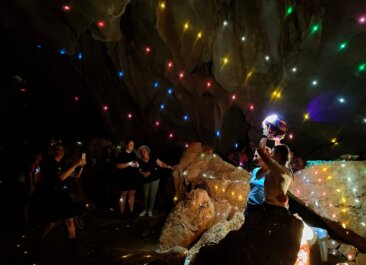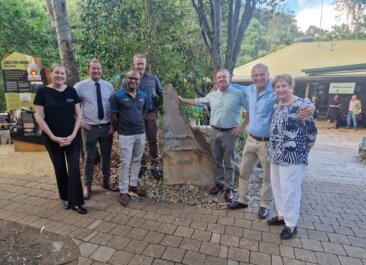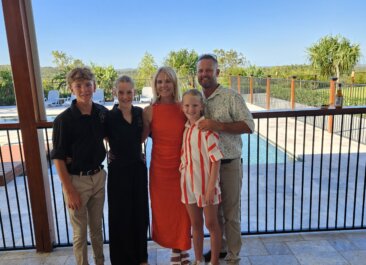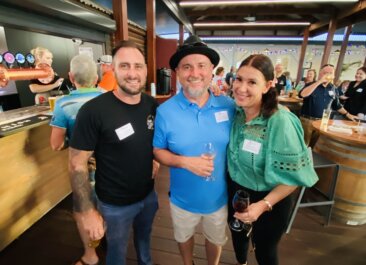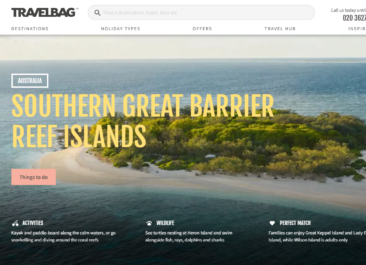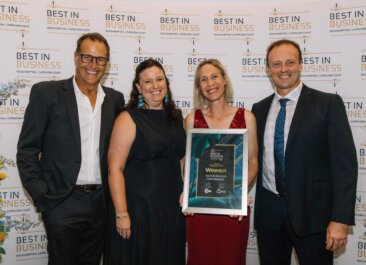Science, local knowledge and natural beauty on the Southern Great Barrier Reef
Posted on July 16th, 2019
Our beautiful Southern Great Barrier Reef is part of a larger family of 2,900 coral masterpieces with reef that stretches 2,300 kilometres along the Queensland coast, covering an entire area of 344,400 square kilometres.
This section of a wondrous, interconnected, living and robust system first began to form thousands of years ago, during a time of immense geological changes when the bay was turbid (muddy) and regularly injected with fresh water from the Fitzroy River. In Keppel Bay the fringing reefs have taken advantage of stable sea levels. Corals chased the light, cementing themselves on to older reefs and even to sand, rock, clay and rubble on the seabed.
Then, about 1500 years ago, rapid growth slowed, and the reefs stabilised.
Our own local coral reef scientist, Dr Alison Jones has spent more than half her life living and working in the Keppel Islands as an underwater guide, coxswain and research scientist. Dr Jones loves nothing better than opening people’s eyes to the underwater world where she feels most at home.
Following her tourism work, she upgraded a BSc in Chemistry and Biochemistry from James Cook University to a PhD in coral ecology at CQ University with co-supervision at AIMS Townsville.
Dr Jones is skilled in coral identification, benthic community mapping, statistical analysis of marine community assemblages, coral physiological measurements, molecular methods of coral and associated unicellular algae taxonomic identification and population structure and connectivity using microsatellite markers. Talented much!
And we are proud to call her a Capricorn Coast local.
“I am extremely passionate about encouraging more visitors to witness our Keppel reefs and discovering the health and vibrancy of this incredible ecosystem.”
“Our stunning reefs surrounding the 17 islands of Keppel Bay are robust and beautiful, and harbour extraordinary coral assemblages that are distinct form the rest of the Great Barrier Reef.”
Whilst not as well-known as a dive tourism destination on the Great Barrier Reef as the Whitsundays and Cairns, the reefs here are safe, shallow and easy to reach from the mainland. Their accessibility means that they represent one of Queensland’s most valuable but so far under-rated tourism resources.
After two years in the making, Dr Jones and her team, Mary O’Callaghan (MDash Editorial) and Tom Williams (Heuristic Solutions), have recently launched a new website which includes science, local knowledge and spectacular imagery of our Keppel Islands region and extraordinary Southern Great Barrier Reef.
Capricorn Enterprise CEO, Mary Carroll is excited to welcome this new resource to the region.
“If you are looking for past history on the reefs or wanting to discover the best snorkelling and dive hotspots, this website shares everything from the science behind their survival, how to get there, what you might see and where to stay.”
Whether you’re a diver, snorkeller, sailor or scholar, you will find relevant, useful and fascinating information including scientific data and monitoring reports specific to the Keppel Islands.
The new website is designed to behave like our beautiful reefs—as a living and growing entity. Check out www.keppels.com.au today and stay up to date with what’s happening in one of the most spectacular, accessible and relatively undiscovered Keppel Islands.
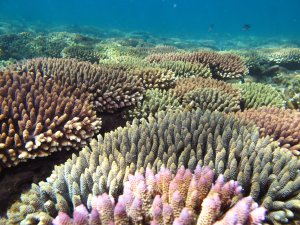
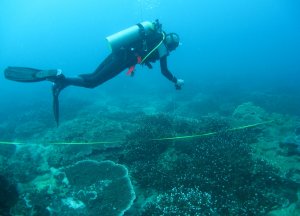
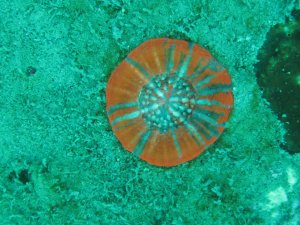
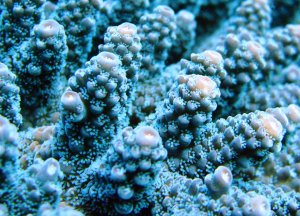
Photo credits –
The Keppels – Dr Alison Jones (Island Reef Flat pre 2011 flood)
The Keppels 1 – Ray Berkelmans (Dr Alison Jones conducting coral surveys)
The Keppels 3 – Dr Alison Jones (Butterfish Bay Rocks 2013)
The Keppels 4 – Ray Berkelmans
